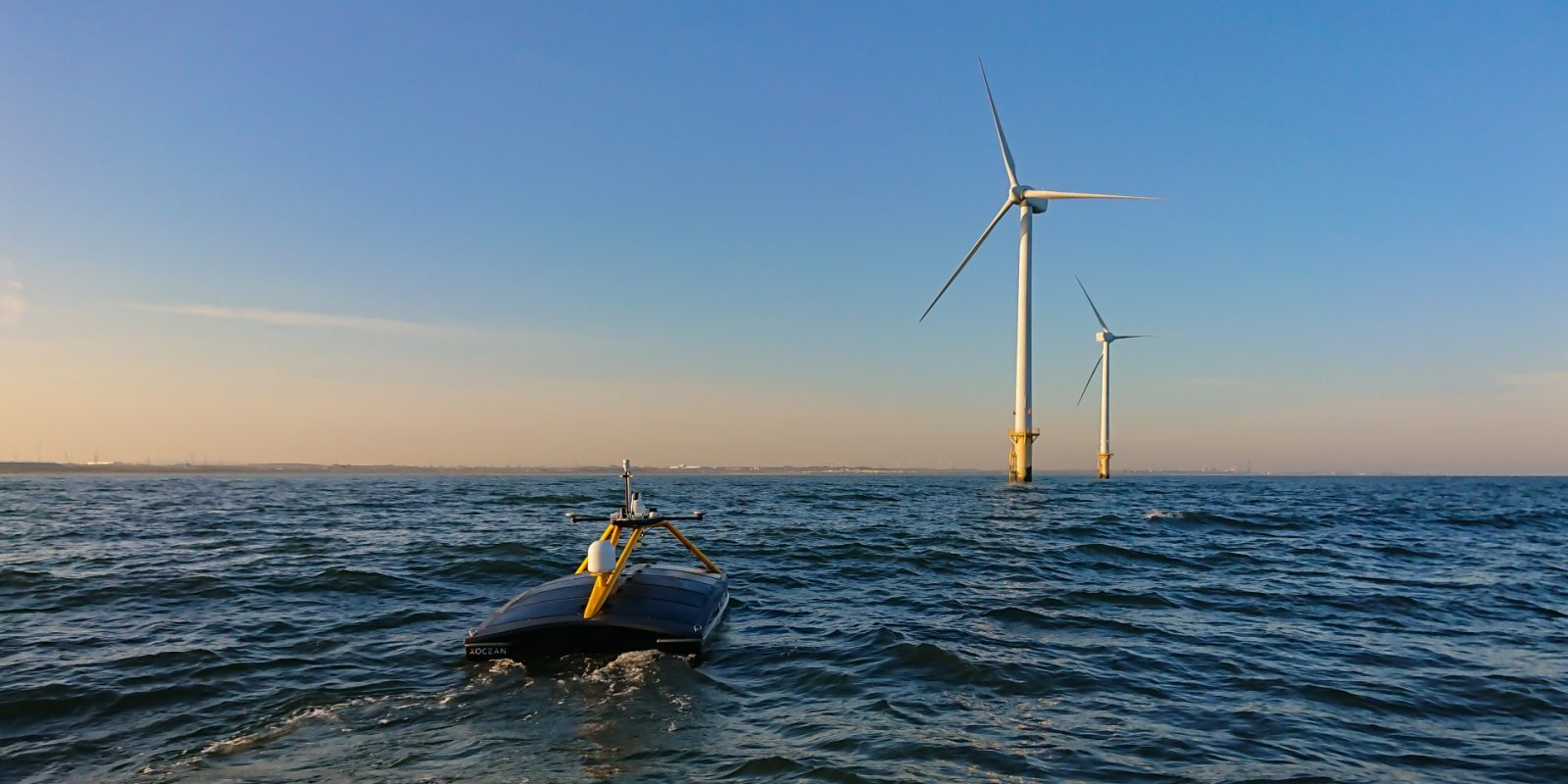Robotic boats are surveying seabeds at offshore wind farms

Swedish multinational power company Vattenfall announced today that it has successfully conducted large-scale seabed surveys with uncrewed robotic boats at several of its offshore wind farms in Denmark, Sweden, and the UK.
The post Robotic boats are surveying seabeds at offshore wind farms appeared first on Electrek.
Swedish multinational power company Vattenfall announced today that it has successfully conducted large-scale seabed surveys with uncrewed robotic boats at several of its offshore wind farms in Denmark, Sweden, and the UK.
Offshore wind farm operators need to periodically survey the seabed around turbine foundations and substation jacket legs to monitor changes in cable burial depth and scour development, which is defined as the “removal of sediment such as silt and sand, which can result in the formation of scour holes and may compromise the integrity of the structure.”
Seabed intel is also necessary for repair and maintenance conducted by jack-up vessels, as their legs need stability to ensure safe elevation out of the water.
Rasmus Juncher, senior lead geophysicist at Vattenfall, explained in a statement:
When we issued the tender to select a contractor for seabed surveys across our Danish wind farms, we received an interesting proposal using uncrewed vessels.
Having observed their deployment in small-scale trials elsewhere, we were curious to understand how successful their deployment would be on a larger scale.
This technology consumes much less fuel than a traditional survey vessel, and because the vessel is controlled from an onshore operations center instead of having a crew onboard, personnel aren’t exposed to the same challenges as working offshore, thereby improving safety and wellbeing.
Irish ocean data collection company XOCEAN conducted the robotic boat surveys on Vattenfall’s offshore wind farms. They took place in late summer and early autumn this year, and Vattenfall plans to expand the use of its uncrewed surface vessels – USVs – in future operations.
The robotic boats are remotely controlled and monitored over a satellite internet connection by a team of pilots onshore.
The robotic boat is significantly smaller – 4.5 meters in total length (14.7 feet) – than crewed boats. XOCEAN says its robotic boat’s carbon footprint is “a thousand times smaller than those of manned research vessels.”
Juncher continued:
This is the first step of many using uncrewed vessels, supporting the aims of a fossil free future. We want to pursue further opportunities to support other functionalities of the uncrewed vessels, for instance for visual inspections of our assets both above and below water and in-site investigations on a broader scale to support the wind farm design.
Read more: These new, affordable electric heat pumps can easily replace gas boilers
Main photo: Vattenfall
UnderstandSolar is a free service that links you to top-rated solar installers in your region for personalized solar estimates. Tesla now offers price matching, so it’s important to shop for the best quotes. Click here to learn more and get your quotes. — *ad.
FTC: We use income earning auto affiliate links. More.

